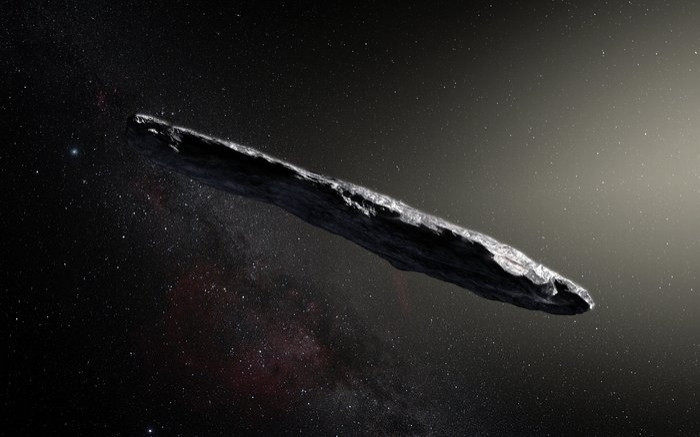Life in oceans was shaped by asteroid belt calamity: Study
You can have seafood today, thanks to the calamity that occurred 466 million years ago.
Every time you think about life on earth, always think about the impact asteroids have had on it. Asteroids didn't just wipe off dinosaurs, off the earth, but also triggered an ice age that bought life to oceans.
Except, this astronomical event occurred long before the dinosaur event. A research paper published on Wednesday stated that a giant collision in the asteroid belt between Mars and Jupiter more than 400 million years was what triggered an ice age on earth and increased maritime biodiversity.
This event led to global cooling, which set in motion evolutionary changes that led to formations of invertebrates, which over years transformed into vertebrates that roamed the earth.
According to the study, a 150 km long asteroid crashed into a 20 km long space object, creating the largest breakup event in two billion years in our solar system. This reduced the solar radiation reaching the earth by two million light-years. Iron-rich meteoric dust came to earth and fertilised large parts of the ocean. This led to increased plankton productivity and decreased atmospheric carbon dioxide.
These events are not single-handedly responsible for the evolution of life on earth, but they are one of the major factors for life evolving the way it did on the planet.
This can now form the alternative history of the earth, that was not known before.
"In the last few decades, researchers have begun to understand that the evolution of life on Earth is dependent on astronomical events also. For the first time, scientists can now present another example of how an extraterrestrial event formed life on Earth," Birger Schmitz, a geology professor at Lund University in Sweden said in the published results of the Science Magazine on Wednesday.
He is the lead author of the paper titled "An extraterrestrial trigger for the mid-Ordovician ice age: Dust from the breakup of the L-chondrite parent body".
The researchers found traces of dust in sedimentary rocks formed at the time, which contained special helium isotopes and rare minerals. This lead to the evolution of horseshoe crab-like trilobites, clams, clam-like brachiopods and a group called gastropods that included snails and slugs.
This enabled marine life in the Ordovician period and slowly transformed life. It also changed earth's climate from tropical to semi-tropical with frozen poles and an equator diving climate zones.
Next time you have a dish of snails, thank the planetary bodies.

© Copyright IBTimes 2025. All rights reserved.





















